The term “blockchain” has transcended its initial association with cryptocurrencies to emerge as a groundbreaking technology with the potential to revolutionize a plethora of sectors. But what is a blockchain, and why is it heralded as a technological marvel? This comprehensive guide aims to demystify blockchain technology for developers, shedding light on its operations, applications, and burgeoning trends.
What is a Blockchain?
At its core, blockchain is a revolutionary digital ledger renowned for its secure, transparent, and immutable nature. This technology provides a way to record transactions or any digital interaction in a way that is designed to be secure, transparent, and permanent. Its applications, which famously began with Bitcoin, the first decentralized cryptocurrency, now extend far beyond to areas such as supply chain management, voting systems, digital identity verification, and beyond, showcasing its versatility and potential for transforming various industries.
Definition of Blockchain
Blockchain is essentially a decentralized database or a distributed ledger that stores information in blocks which are then linked together in a chain. Each block contains a number of transactions, and every time a new transaction occurs, a record of that transaction is added to every participant’s ledger. It is distinguished by its ability to maintain a secure and unalterable record of transactions, thanks to cryptographic hash functions which make it extremely difficult to tamper with.
Brief History of Blockchain Technology
The concept of blockchain was introduced in 2008 with the publication of the Bitcoin whitepaper by an individual or group known under the pseudonym Satoshi Nakamoto. Initially designed as the underlying technology for Bitcoin to solve the double-spending problem without the need for a trusted authority or central server, blockchain technology has since evolved and been adapted for various other uses. Since then, the use of blockchain has exploded with numerous companies and projects developing blockchain-based applications to solve complex problems across a range of sectors, from finance to healthcare, proving its potential to provide secure, decentralized solutions to traditional centralized problems.
How Does Blockchain Work?
Blockchain Technology: At its essence, blockchain technology signifies a groundbreaking shift in how digital transactions are conducted. It combines decentralized consensus, sophisticated cryptography, and peer-to-peer networking to forge a secure, transparent, and robust network. This network excels in recording and verifying a multitude of digital transactions without relying on a centralized authority.
The process kicks off with the initiation of a transaction, leading to the formation of a block. This block captures comprehensive details of the transaction, such as the identities of the parties involved, the amount transferred, a precise timestamp, and a unique cryptographic hash acting as a digital signature. After its creation, the block is rapidly disseminated across the network for verification.
Nodes throughout the network then apply a consensus algorithm—ranging from the energy-intensive proof-of-work (PoW) to the greener proof-of-stake (PoS)—to rigorously validate the transaction. Achieving consensus solidifies the transaction’s addition to the blockchain, making the block immutable and ensuring the transaction’s record is tamper-proof and permanently verifiable.
Decentralization
Blockchain’s hallmark is its decentralized nature. Unlike traditional databases governed by a single authority (be it a corporate entity, government, or organization), blockchain thrives on a decentralized peer-to-peer network. Comprising countless nodes, each playing a part in validating and recording transactions, this structure safeguards the system against censorship, fraud, and failure by eliminating a singular point of control or failure that could jeopardize the network’s integrity.
Consensus Mechanisms
At the foundation of blockchain technology lie consensus mechanisms, essential for reaching a unanimous agreement across the network on the legitimacy of transactions. Proof of Work (PoW), the backbone of Bitcoin, leverages computational might to solve intricate mathematical challenges. Alternatively, Proof of Stake (PoS), as seen in networks like Ethereum 2.0, grants validation rights based on the stakeholder’s cryptocurrency holdings. These mechanisms are pivotal in ensuring the authenticity and collective acceptance of all transactions on the blockchain.
Blocks and Chains
The core concept of blockchain technology revolves around blocks and chains. Each block holds a bundle of transactions securely. When a block is filled, it is sealed and cryptographically linked to the previous block, forming a chronological chain. This sequence of blocks creates the blockchain, an immutable and tamper-resistant ledger of transactions. Cryptographic hashes not only secure the contents of each block but also guarantee the blockchain’s integrity and continuity, making the alteration of past transactions nearly impossible.
Through these complex and refined processes, blockchain technology offers a sturdy and transparent system for digital transactions, marking the advent of a new era of security, efficiency, and trust in the digital realm.
Key Features of Blockchain
Immutability
A standout feature of blockchain technology is its immutability. This quality guarantees that once a transaction is recorded on the blockchain, it becomes irreversible, immune to alterations or deletions by any party. Such permanence is secured using cryptographic hashes—each block’s unique digital fingerprint—alongside the blockchain’s structural design. Immutability lends unparalleled security and trust to the system by ensuring transaction history’s integrity, establishing the blockchain as a definitive and transparent ledger open to network-wide verification.
Transparency
Blockchain is renowned for its transparency. Although it employs pseudonyms, which may obscure individual identities, its transaction ledger remains fully accessible, enabling network participants to trace transaction histories. This transparency bolsters the system’s security and trust, making any fraudulent or manipulative activities immediately apparent to the community. It also allows for the auditing of the blockchain, promoting an environment where transactions are transparent, open, and verifiable.
Security
The security afforded by blockchain technology is unparalleled. It combines decentralized consensus algorithms with cryptographic encryption to offer a transaction platform of the highest security. Each transaction is encrypted and interlinked with the preceding one, forming a block chain that is nearly impossible to modify without network-wide consensus. This structure significantly reduces the risks of hacking, fraud, and unauthorized interference, ensuring the blockchain’s integrity and reliability as a platform for digital transactions.
Decentralization
Blockchain’s decentralization marks a significant departure from traditional centralized databases. In blockchain, control is not centralized but rather distributed across a vast network of nodes, eliminating single points of failure and dispersing power among its users. This distribution of authority ensures that no single entity can dominate or unduly influence the system, enhancing the blockchain’s resilience, security, and credibility.
Smart Contracts
Smart contracts represent a paradigm shift in contract execution, being self-activating contracts with terms encoded directly into code. They streamline processes, minimize the need for human intervention, and guarantee the execution of contract terms.
Applications of Blockchain
Blockchain technology unveils a myriad of potential applications, continuously presenting new and innovative use cases that capture our attention. Among these, the most significant and promising include:
Cryptocurrencies
Fundamentally, blockchain technology forms the backbone of cryptocurrencies such as Bitcoin and Ethereum, facilitating secure, transparent, and decentralized financial transactions across the internet. This innovation not only enables instantaneous global payments but also provides a level of security and privacy seldom found in traditional financial systems.
Supply Chain Management
In the domain of supply chain management, blockchain technology introduces a transformative level of transparency. It creates an unchangeable record of a product’s journey from production to end consumer, enhancing fraud prevention, streamlining recall processes, and bolstering overall supply chain accountability.
Voting Systems
Blockchain technology offers the potential to drastically improve the reliability and security of electronic voting systems. With its unalterable ledger for recording votes, blockchain significantly reduces the possibility of fraud and upholds the integrity of the voting process. This advancement could redefine voting methodologies, making them more accessible, swift, and accurate.
Benefits of Using Blockchain
The implementation of blockchain technology brings a wealth of advantages, making it an attractive choice for a wide array of applications. Let’s delve into some of its standout benefits:
Elevated Security
Blockchain technology significantly heightens security levels through its core features. Its decentralized nature means the ledger isn’t dependent on a single control point, thereby diminishing the risk of cyber attacks. Consensus mechanisms require transaction approval by multiple parties, introducing an additional layer of security. Moreover, cutting-edge encryption techniques protect against data tampering and unauthorized access, establishing blockchain as a remarkably secure platform for digital transactions and data storage.
Enhanced Cost Efficiency
Blockchain technology boosts cost efficiency by streamlining and automating processes. For example, smart contracts execute agreements automatically between parties without intermediaries, cutting operational costs. This automation also lowers the likelihood of human errors, further amplifying cost savings. Through these streamlined processes, blockchain enables businesses and organizations to function more efficiently and economically.
Trust and Transparency
Blockchain stands out for its capacity to build trust and ensure transparency across its network. The blockchain ledger grants all network participants access to a transparent record of transactions and interactions. This transparency allows every action to be verified and validated by anyone within the network, fostering trust among all stakeholders. The immutable nature of blockchain records means that once a transaction is logged, it cannot be modified, thereby enhancing the system’s trustworthiness and reliability.
These principal benefits underscore why blockchain technology is increasingly seen as a groundbreaking solution in various industries, promising to revolutionize traditional business practices and set new benchmarks for security, efficiency, and transparency.
FAQ – What is a Blockchain?
- What is the purpose of a blockchain?
The primary purpose of blockchain is to provide a secure, decentralized platform for recording and verifying transactions.
- How is data secured on a blockchain?
Data on a blockchain is secured through cryptographic hashing, making it virtually impossible to alter once recorded.
- Can a blockchain be altered or tampered with?
Once a transaction is recorded on a blockchain, altering it would require altering all subsequent blocks, which is practically unfeasible due to the network’s consensus mechanisms.
- Are all blockchains public?
Not all blockchains are public. There are also private blockchains, which restrict access to certain users.
- What role do miners play in the blockchain network?
Miners validate new transactions and record them on the blockchain, receiving cryptocurrency rewards in return.
- How does blockchain technology impact industries beyond finance?
Blockchain is transforming various industries by enhancing security, transparency, and efficiency in operations ranging from supply chain management to healthcare and beyond.
Conclusion
Blockchain stands as a pillar of modern technological advancement, offering a myriad of applications across numerous fields. For developers and industry professionals alike, understanding blockchain technology is essential for navigating the evolving digital landscape. Whether you’re integrating blockchain into your projects or pioneering its application in new domains, the future of blockchain holds limitless possibilities.



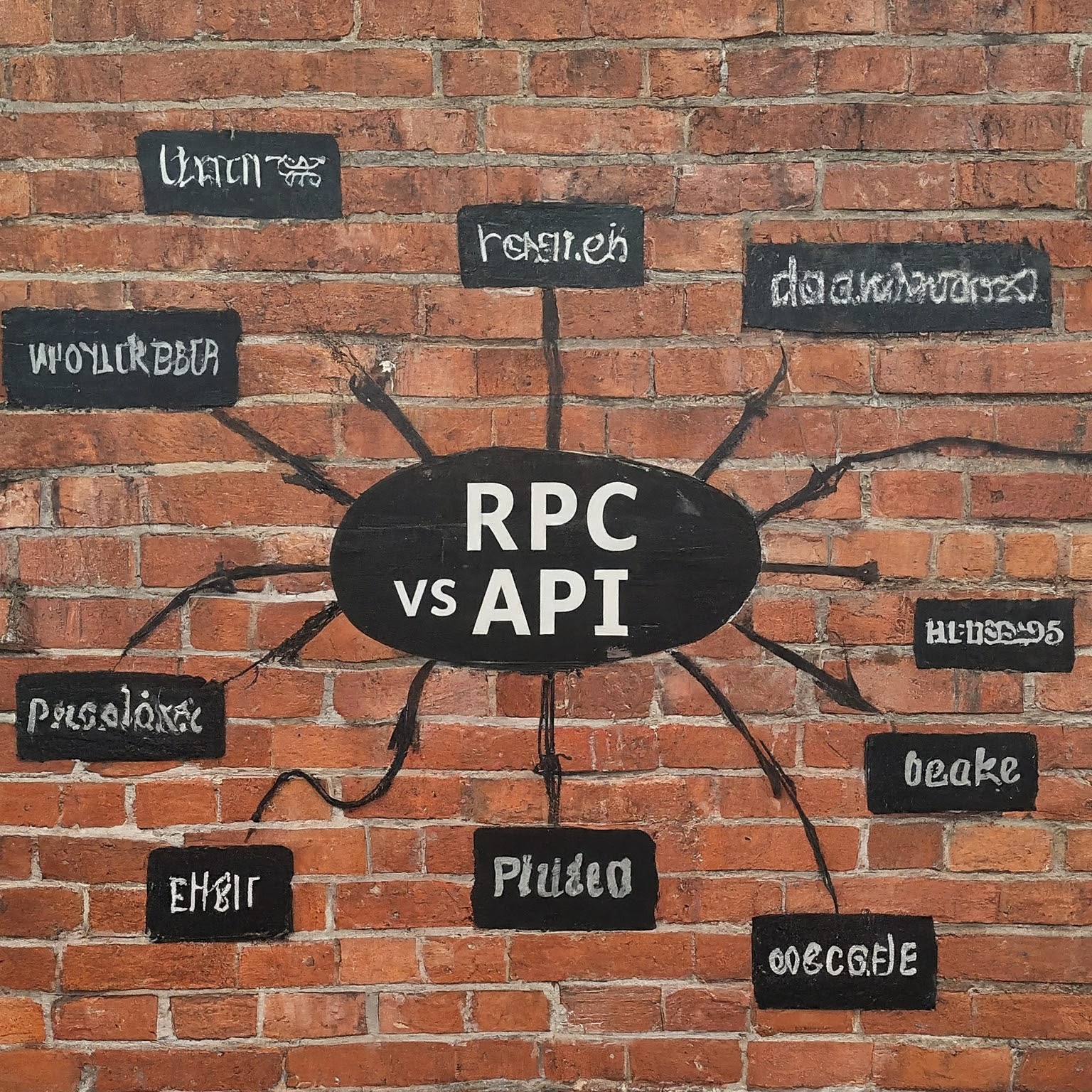
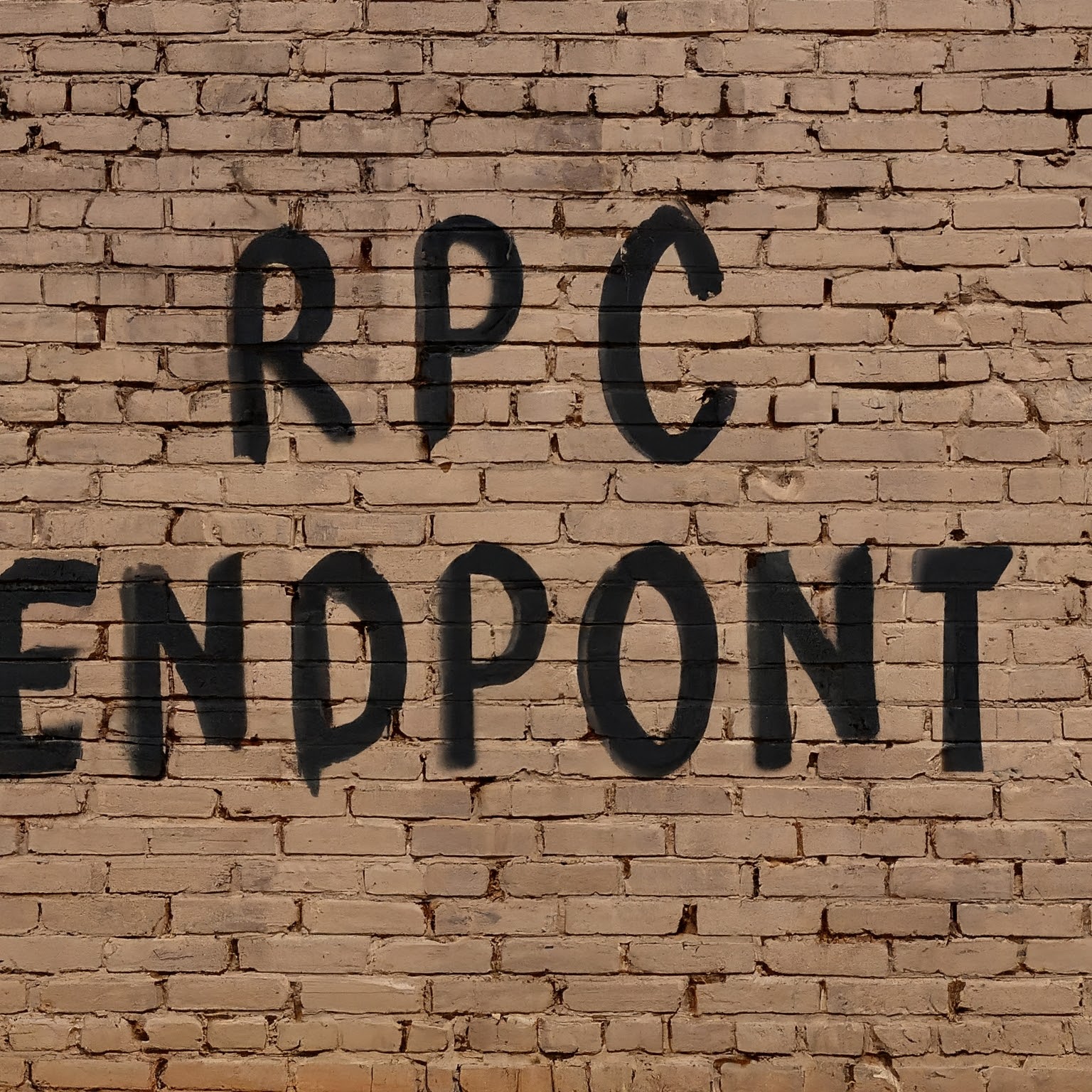

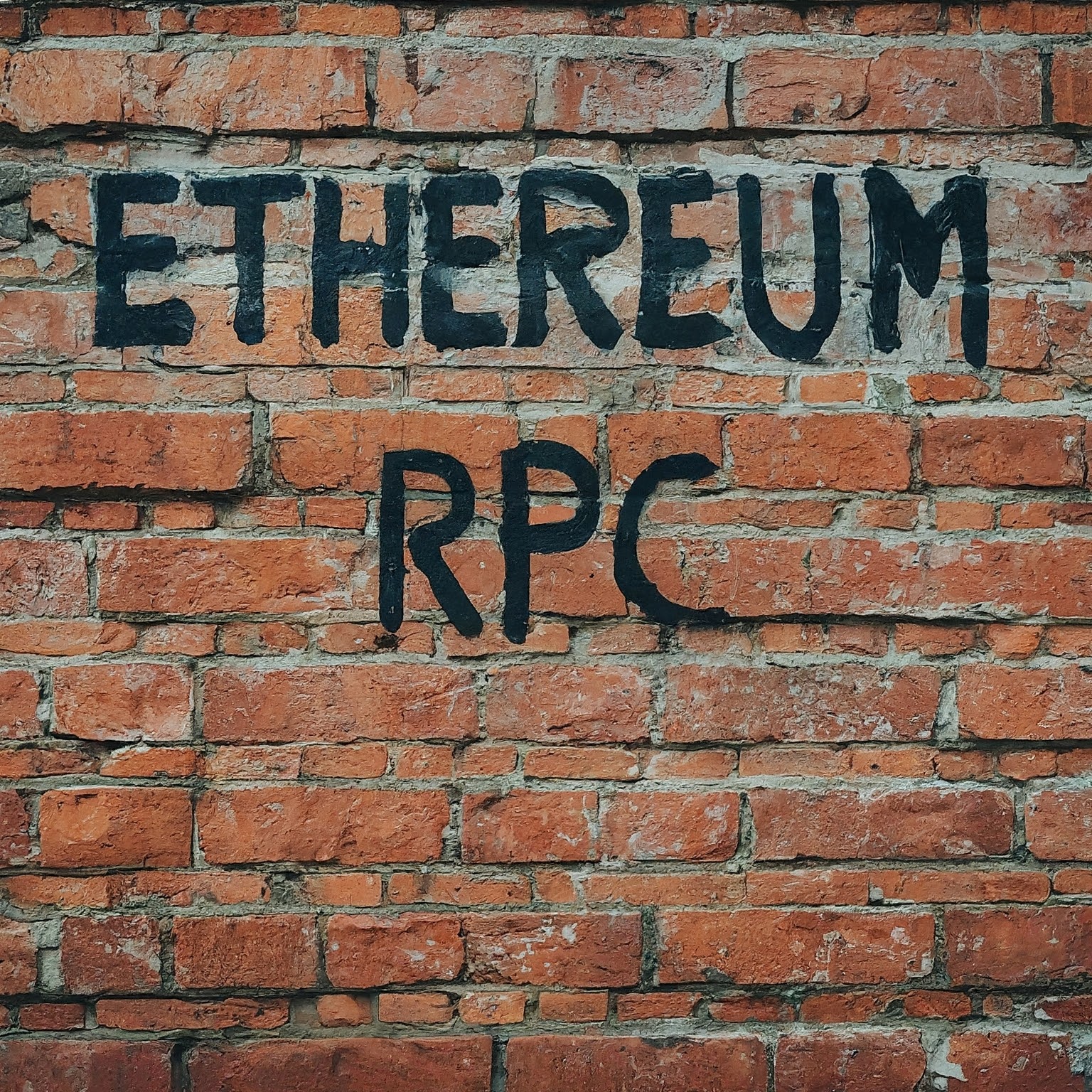
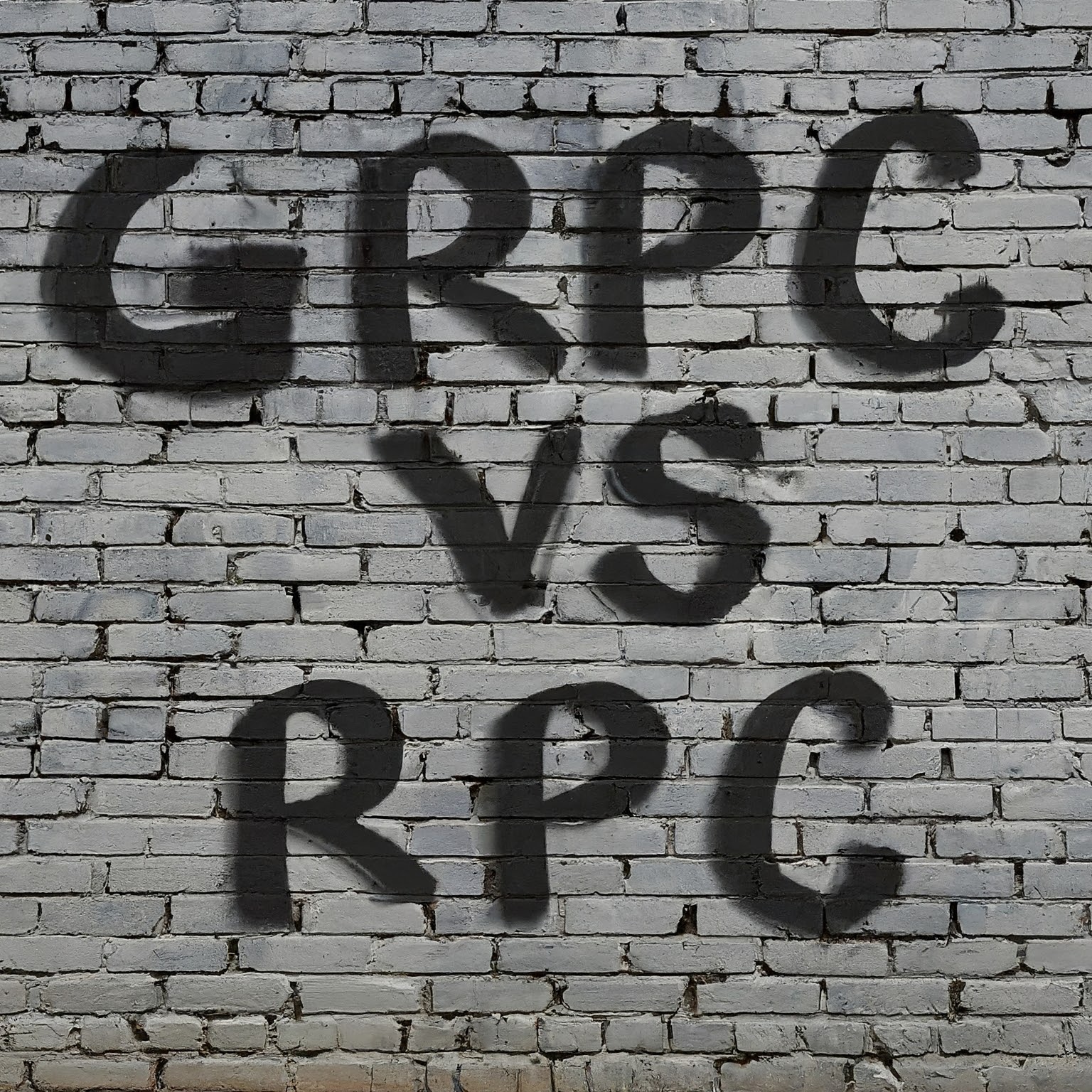
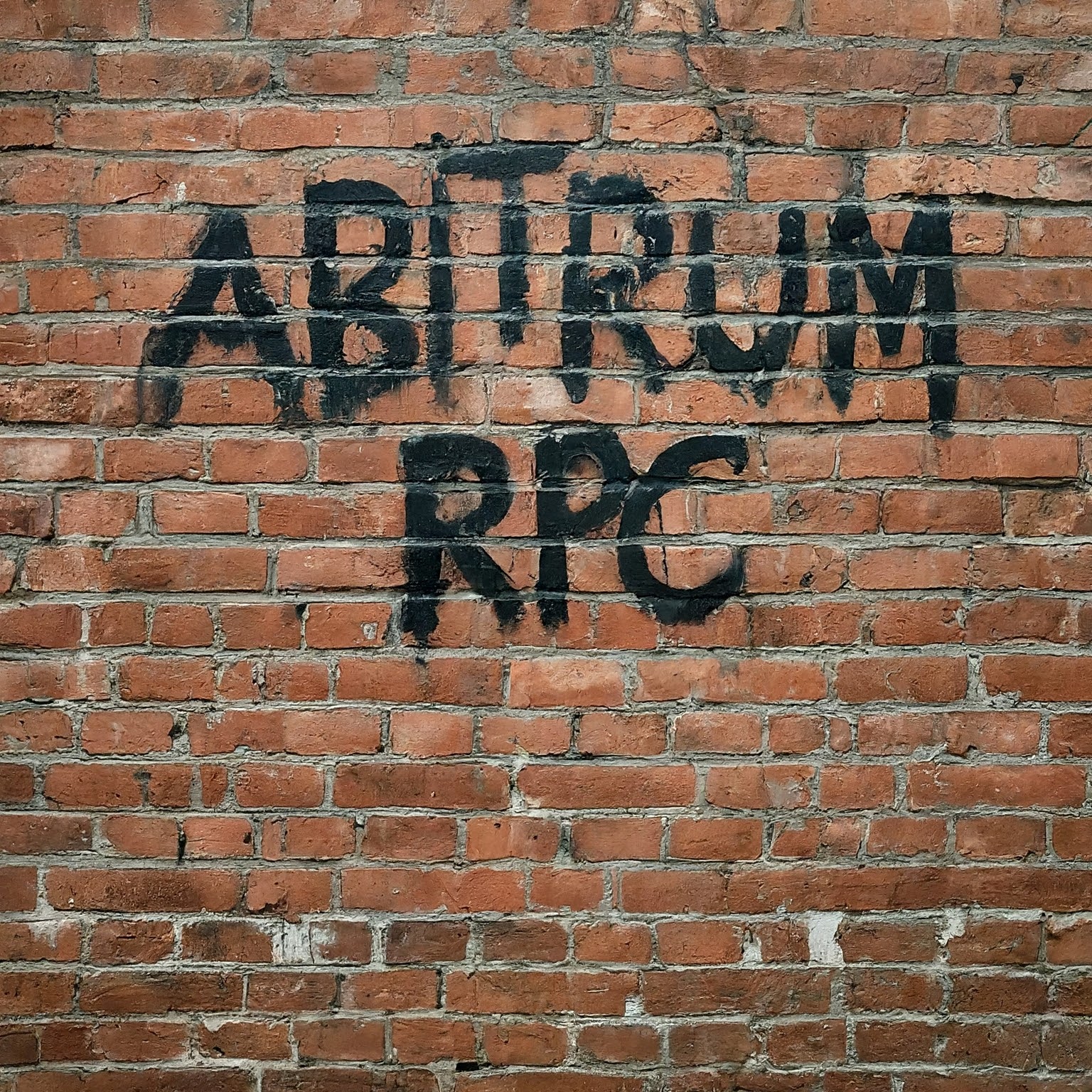

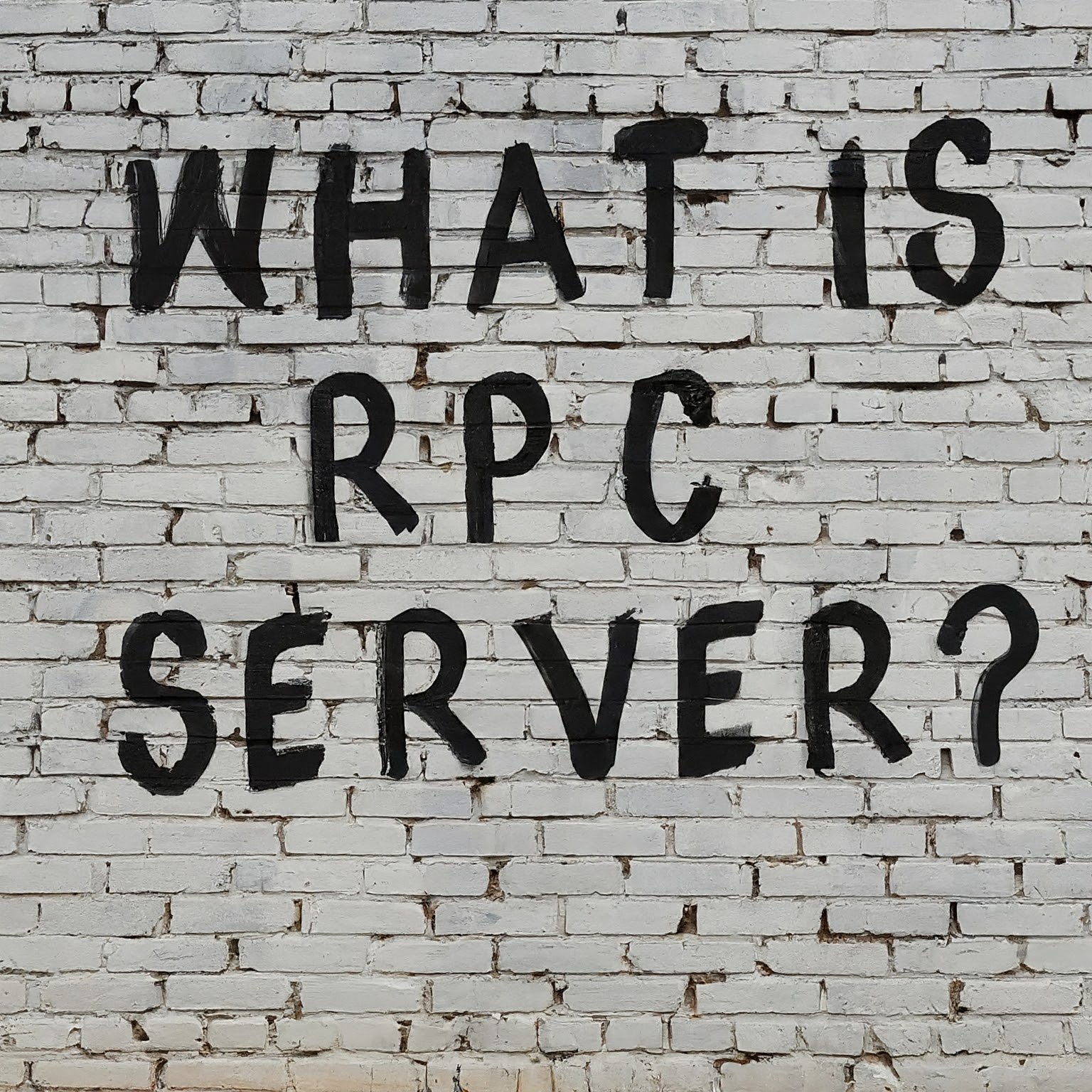

Leave a Reply
You must be logged in to post a comment.